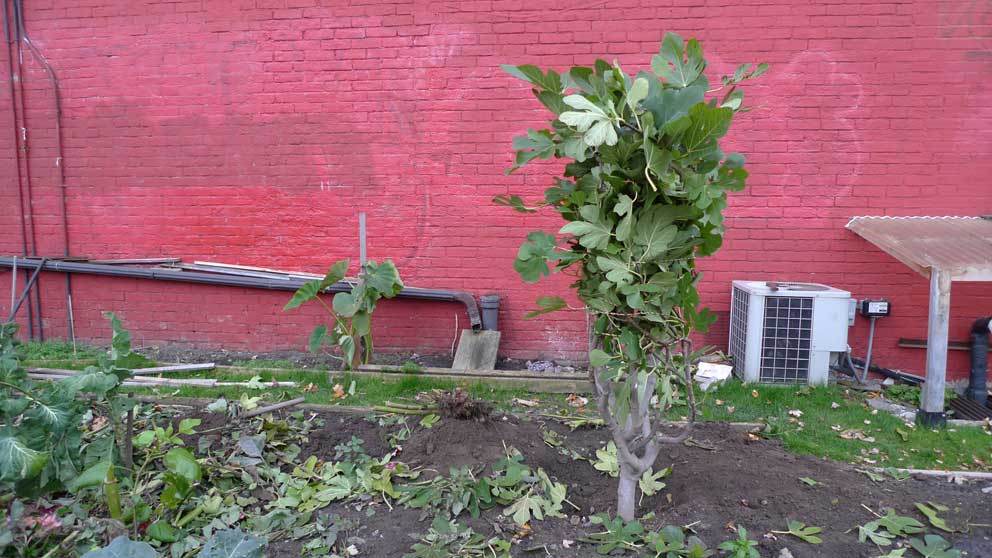Can You Bury Fruit Trees: How To Bury A Fruit Tree For Winter Protection

Winter temperatures can play havoc with fruit trees of any type. Considering fruit tree winter protection may be crucial to the tree's survival. A simple, effective, and long standing method of protection is burying fruit trees in winter -- with snow or mulch, like grass clippings or dry leaves. Our question then is not can you bury fruit trees, but how to bury a young fruit tree?
How to Bury a Fruit Tree
Notice in the above paragraph I added the caveat “young” fruit tree. There is a logistical reason for this. Without a bobcat or another heavy lifting device, the realities of burying a mature fruit tree are pretty much nil. Also, the branches are more malleable than those on mature trees. However, for young fruit trees, the process of burying fruit trees in winter is fairly simple. The reasoning behind this method is also easily understood. Burying fruit trees in the winter snow or mulch keeps the temperature of the tree warmer than if it stands alone subject to ice damage and harsh winter winds. This method for fruit tree winter protection is fairly simple and will not only protect the tree from frigid temps, but will also discourage hungry critters, such as rabbits, and damage done from stags rubbing the tree bark and generally damaging the limbs. Prepare to bury fruit trees prior to the first major frost, usually before Thanksgiving. Once leaves have dropped from the tree, wrap it. There are many choices when it comes to your wrap. Almost anything will work, from tar paper to old blankets, house insulation, and movers' blankets. Tar paper is nice, as it creates a waterproof barrier. If you use say, the old blankets, cover with a tarp and tie securely with strong wire or even metal hangers. Then cover the wrapped tree with enough mulch, such as raked leaves or grass clippings, to completely cover it. For some types of fruiting trees, like figs, cut the branches to about 3 feet (1 m.) in length before wrapping the tree. If the fig is large, dig a 3 foot (1 m.) pit from the base of the tree as long as the tree height. The idea here is to bend the tree down into the pit prior to burying it. Some people then place plywood over the bent fig and backfill the hole with the removed dirt. Fruit tree winter protection can't get any easier than simply using what Mother Nature gives you. That is, once the snow has begun to fall, simply shovel enough snow to cover the young trees. While this does give some protection, keep in mind that heavy, wet snow may also damage the tender branches. However you decide to bury your fruit trees, keep in mind that once temperatures begin to warm and all chance of frost has passed, it is imperative that you “unbury” the trees, usually around Mother's Day.
Sign up for the Gardening Know How newsletter today and receive a free copy of our e-book "How to Grow Delicious Tomatoes".

Amy Grant has been gardening for 30 years and writing for 15. A professional chef and caterer, Amy's area of expertise is culinary gardening.
